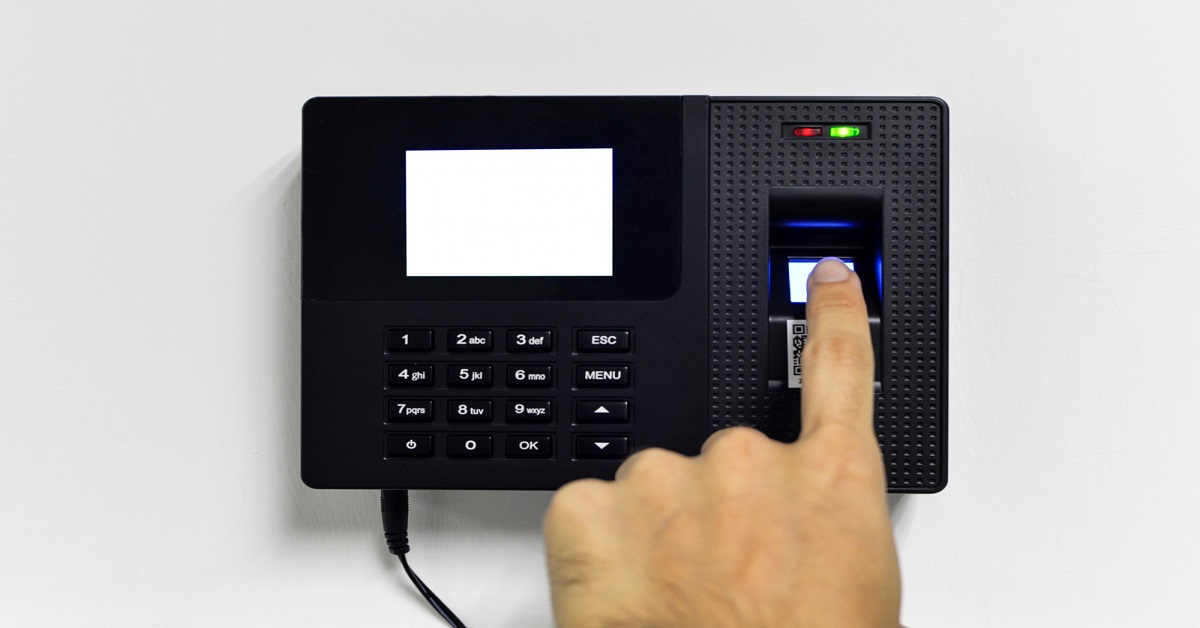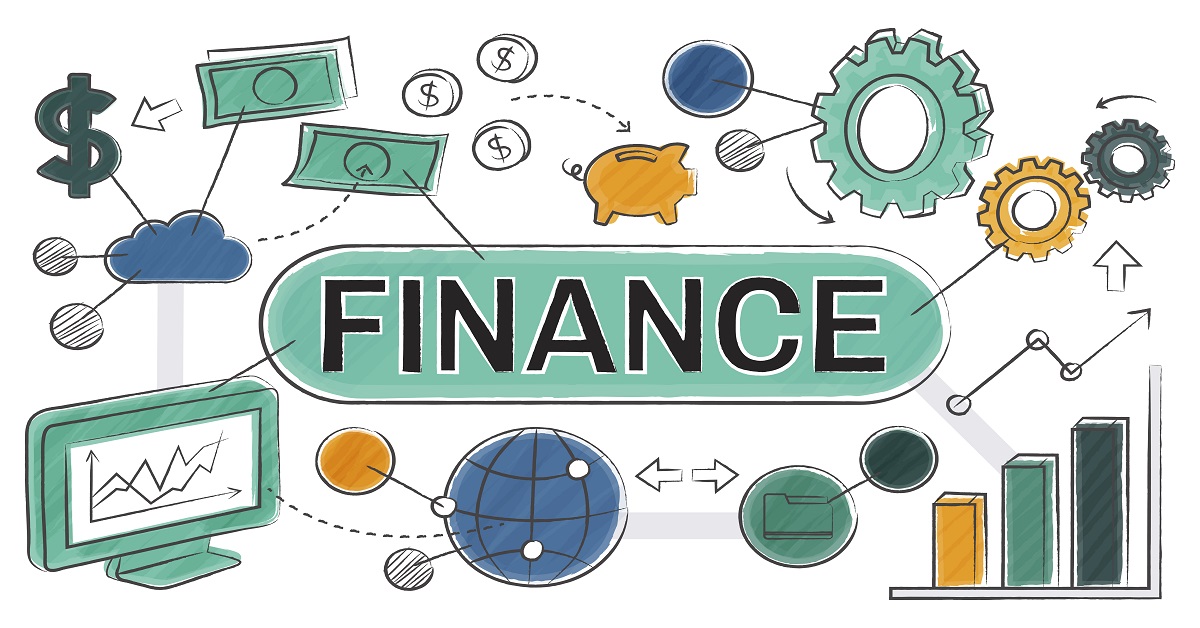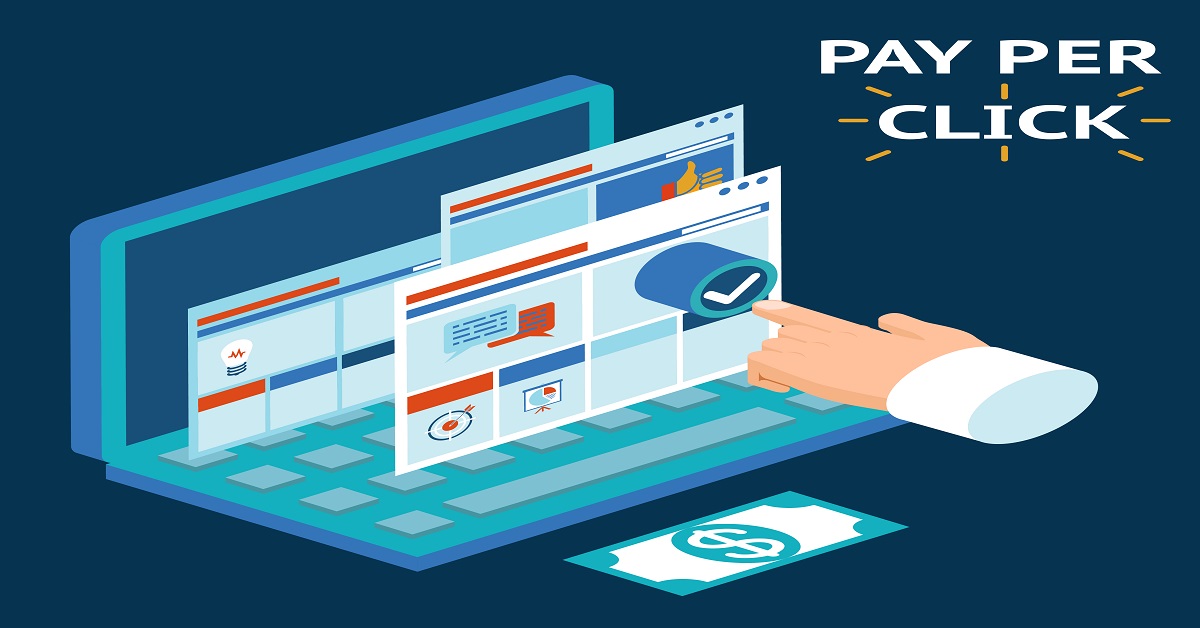A guide to paid search monitoring and security for pay-per-click advertising

Table of Contents
TogglePaid Search monitoring in pay-per-click (PPC) advertising is a powerful force in the ever-evolving world of digital marketing. It is an adaptable tool that helps businesses generate leads, increase sales and effectively engage with their target audience. But mastering PPC advertising is not an easy feat. This requires a well-thought-out plan and extensive platform expertise. By following this comprehensive lesson, which will guide you through the process of mastering PPC advertising, you can increase the impact of your ads.
STEP 1: SETTING YOUR GOALS
Setting goals is crucial before you dive into PPC advertising. What do you hope to achieve? Are you trying to improve sales, generate leads or improve website traffic? Setting specific and specific objectives will enable you to customise your PPC ads and get the intended results.

Common PPC objectives can be:
- Increasing website traffic: Increasing clicks and impressions of your website can be your goal if you want to attract more people to it.
- Lead Generation: You can focus on lead generation-optimising your landing pages and ad copy as much as possible to collect quality leads.
- Increase revenue and conversions: For e-commerce companies, this can be the main objective.
- Brand Awareness: If increasing brand visibility is the main goal, you may choose to focus on impressions and click-through rate (CTR).
STEP 2: Necessary research
Keywords are the foundation of your PPC campaign. To effectively reach your target audience, you must use appropriate keywords. To get started, create a list of potential keywords associated with your brand, product or service
You can identify relevant keywords, estimate search volume, and evaluate the competition with tools like Ahrefs, SEMrush, and Google’s Keyword Planner. A combination of long-tail (specialised) and short-tail (broad) keywords should be your goal.
Long-tail keywords can generate high-quality leads but are more specific and often have less search volume than short-tail keywords, which are more general in nature.
Step 3: Analyse the competition

In PPC advertising, knowing your competitors is essential. Examine your competitors’ ads and keywords to determine their advantages and disadvantages. Remember:
- Ad copy: What message do they use in their ads and how does it appeal to their target market?
- Keywords: What positions are they focusing on, and are there any openings you can take advantage of?
- Landing pages: How does the user experience and design of their landing pages compare to yours?
STEP 4: STRUCTURE OF CAMPAIGN
Next, set up your PPC campaign. You must create campaigns and ad groups for the platform you are using (Google Ads, Bing Ads or other). An organised campaign makes it easier to manage your ads. Here’s a basic campaign structure outline to get you started:
- Campaigns: Be it lead generation, sales or brand awareness, every campaign should have a clear objective. For example, you can design individual campaigns for different product categories or target markets.
- Ad Groups: Each campaign will have several ad groups. These are a list of keywords related to shorter, more targeted categories If you run an online shoe business, for example, you might have ad groups for hiking boots, trainers, and running shoes.
- Keywords: Give each ad group an appropriate keyword assignment. Make sure the keywords you choose fit the ad group concept
- Ad words: Create unique ad words for keywords found in each ad group Make sure it speaks to your target audience and is clear, simple and attractive.
STEP 5: Advertising samples and artwork
The performance of your PPC campaign is largely dependent on the quality of your ad copy and creativity. Your ad must
- Be specific: What you’re offering should be clear from your ad copy. Use statistics, deals and unique selling propositions to grab attention.
- Add some keywords: Include your target keywords in the ad copy to increase your ad quality score.
- A/B testing: Try changing several ad copies to determine what works best. Refine your ads over time using data and analytics.
- Extensions for ads: Use ad extensions to offer additional content such as callouts, structured snippets, and site links.
- Creative: The images and films you use for your advertisement must be of the highest calibre and relevant to your message. They should blend in with the style and aesthetics of your landing pages.
STEP 6: LANDING PAGE
The landing page is where the magic happens. This is where people go after clicking on your ad. Increased conversions depend on a properly optimised landing page. Consider these suggested strategies:
- Relevance: Make sure your landing page text matches keywords and ad content. As a result, the user experience is smoother.
- Clear CTA: Make sure your call to action (CTA) is clear and easy to understand. Your call to action, whether it’s “Buy Now,” “Sign Up,” or “Request a Quote,” needs to be clear.
- Mobile Optimization: Your landing page should be responsive and load quickly on mobile devices as mobile users are very common.
- A/B Testing: To increase conversion rates, regularly test different landing page elements such as headlines, graphics, and forms.
- Form Optimization: If you’re collecting leads, limit the number of fields in your form and streamline the submission process.
STEP 7: Strategies for budgeting and bidding

Running an effective PPC campaign depends on your budget and bidding strategy. Establish a daily or monthly spending plan consistent with your advertising objectives. Distribute your funds between specific ad groups and campaigns based on how well they perform. Depending on your goals, there are different ways to bid:
- Manual CPC: For each keyword, you set the maximum cost per click.
- Automated bidding: Bidding that is automatically adjusted by the platform’s algorithms to achieve your objectives – such as optimising clicks or conversions – is known as automated bidding.
- Target CPA or ROAS: Use these strategies to optimise for specific cost per acquisition or return on ad spend goals, such as target CPA or ROAS.
- Advanced CPC: This feature allows you to modify your manual bids to increase conversion rates by considering past data
STEP 8: Monitoring and evaluation
PPC advertising requires solid tracking and mastery of analytics. To monitor the effectiveness of your efforts, use third-party tools or tracking platforms such as Google Tag Manager and Analytics. Important metrics to monitor are as follows:
- Click-through rate (CTR): Indicates how well your keywords and ad copy are performing.
- Conversion rate: The percentage of visitors who complete a targeted activity is tracked by conversion rate.
- Quality Score: A measure of how closely your landing page and keywords match user intent.
- Cost per click (CPC): Paying a fee for each click on your ad is called cost per click (CPC).
- Return on ad spend (ROAS): Return on investment for your advertising spend is shown by ROAS.
- Impressions and Clicks: Gives you insight into the reach of your ads.
STEP 9: Continuous optimisation
- Keyword optimization: Optimise your keyword list by adding new terms on a regular basis according to search trends and performance.
- Ad Copy Refinement: A/B tests ad variations, to increase CTR and conversion rates.
- Bid management: Manage your bids by adjusting in response to budget constraints and performance.
- Negative keywords: Negative keywords: To stop your ad from showing up for meaningless searches, choose and add negative keywords.
- Scheduling and Geotargeting: To reach your audience when they are most likely to convert, optimise your ads by geography and time of day.
- Ad extensions: Try different ad extensions and see how they affect your ad success
STEP 10: Stay updated
The field of digital marketing is always evolving. Platform updates, new trends, and technology can all significantly impact your PPC advertising. Keep up to date with industry news, webinars, conferences and blogs to stay abreast of this topic. The more knowledge you possess, the more you’ll be able to adjust and thrive in the paid search industry.
Mastering PPC advertising takes commitment, data-driven decision-making and a willingness to adapt to the ever-changing digital landscape. You can design PPC ads that work for your business by following these steps, creating clear goals, and doing extensive research. So get ready, jump in and become an expert in the pay-per-click advertising industry now.
That organisation is the US.
Are you looking for a marketing partner to help you create PPC ads tailored to your audience and brand? Contact Commit Agency! As a full-service advertising agency based in the Phoenix, Arizona area, we believe that carefully planned client encounters based on a clear brand identity create memorable and social media-worthy moments.
Recognizing the dangers: How your brand may be at risk

Despite their great effectiveness, paid search campaigns are susceptible to many risks that can damage your company’s reputation and effectiveness. Ad hijacking and trademark infringement are two techniques that unscrupulous players, such as competitors, affiliates, and resellers, can use to take advantage of the effectiveness of sponsored search ads.
Ad Hijacking: A Quiet Danger to Advertising Campaigns
Redirecting customers to dangerous websites without the knowledge or consent of the brand, advertiser or website owner is known as ad hijacking. This deceptive tactic uses unauthorised ads to fool your target audience, undermines brand credibility and can result in unnecessary ad spend.
Ad hijackers often imitate successful ads to profit from traffic sent to their own websites or to earn commissions through affiliate marketing. Legitimate ad campaigns are interfered with, click-through rates drop and investments are lost due to unfair commissions.
Trademark Infringement: Protecting Your Company’s Identity
Another danger to your brand integrity is trademark infringement. This happens when someone uses protected elements of your brand—such as your name, logo, symbol, or slogan—without your consent. Unauthorised use may cause consumer confusion as well as financial loss to the rightful owner of the brand.
When competitors bid on your trademarked terms, giving customers the impression that they are interacting with your brand, this is an example of trademark infringement in online advertising. This not only damages your brand reputation but also presents a serious financial risk.
Preventive actions including paid search surveillance
Blue Google search icon with tablet and a magnifying glass
It is imperative that you take proactive steps to protect your brand from these risks. An effective defence plan must include careful trademark infringement monitoring and routine audits of ad placement. This is the point where paid search monitoring services become quite important.
Monitoring Paid Search: The Defender of Your Digital Assets
Using sophisticated tools like web crawlers to simulate keyword searches on other search engines is called paid search monitoring. This automated technology finds websites that are displaying ads for your keywords, giving you the opportunity to identify potential illegal use of your trademarked phrases by program participants.
In addition to being effective, the system operates around the clock to provide ongoing defence against trademark infringement and ad hijacking. Paid search monitoring gives your brand the leverage to spot and fix such issues quickly.
Concluding Remarks: Strengthening Your Campaign Security

In short, the world of sponsored search advertising requires a careful eye to protect your business from potential dangers. Trademark infringement and ad hijacking can waste money and damage your company’s reputation. Brands can strengthen their online presence, improve targeting strategies, optimise ad campaigns and ultimately achieve a higher return on investment (ROI) using paid search monitoring tools.
Paid search monitoring is a smart decision to improve the security of buying campaigns and ensure your brand survives in the ever-changing world of digital marketing, not just a security measure. Active monitoring can help you stay ahead of the curve and position your company for success in the cutthroat world of sponsored search advertising.
Share this post
Recent Posts
-
 SEO Expert Norfolk: Invest in SEO with WebHeadWay05 Jul 2024
SEO Expert Norfolk: Invest in SEO with WebHeadWay05 Jul 2024 -
 SEO for Financial Services Companies that Delivers Result30 Apr 2024
SEO for Financial Services Companies that Delivers Result30 Apr 2024 -
 Financial Services SEO: What makes SEO special in the financial industry?30 Apr 2024
Financial Services SEO: What makes SEO special in the financial industry?30 Apr 2024 -
 Competitor paid search: A Simple Guide to Analysing Competitors and Tools30 Apr 2024
Competitor paid search: A Simple Guide to Analysing Competitors and Tools30 Apr 2024 -
 A guide to paid search monitoring and security for pay-per-click advertising30 Apr 2024
A guide to paid search monitoring and security for pay-per-click advertising30 Apr 2024 -
 Paid search Analytics from a comprehensive perspective22 Apr 2024
Paid search Analytics from a comprehensive perspective22 Apr 2024 -
 Paid search intelligence: Improve SEM strategy and competitive analysis21 Apr 2024
Paid search intelligence: Improve SEM strategy and competitive analysis21 Apr 2024

